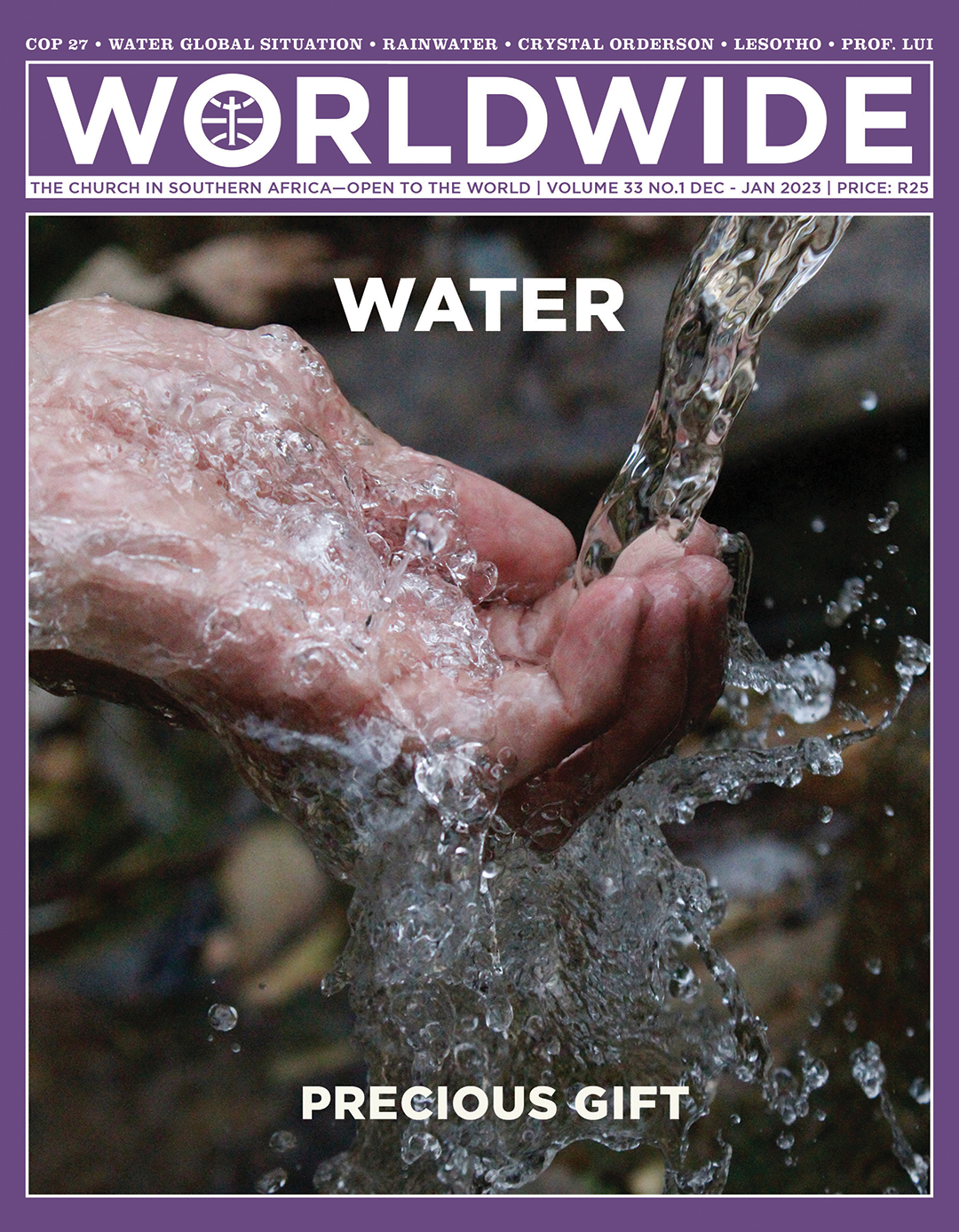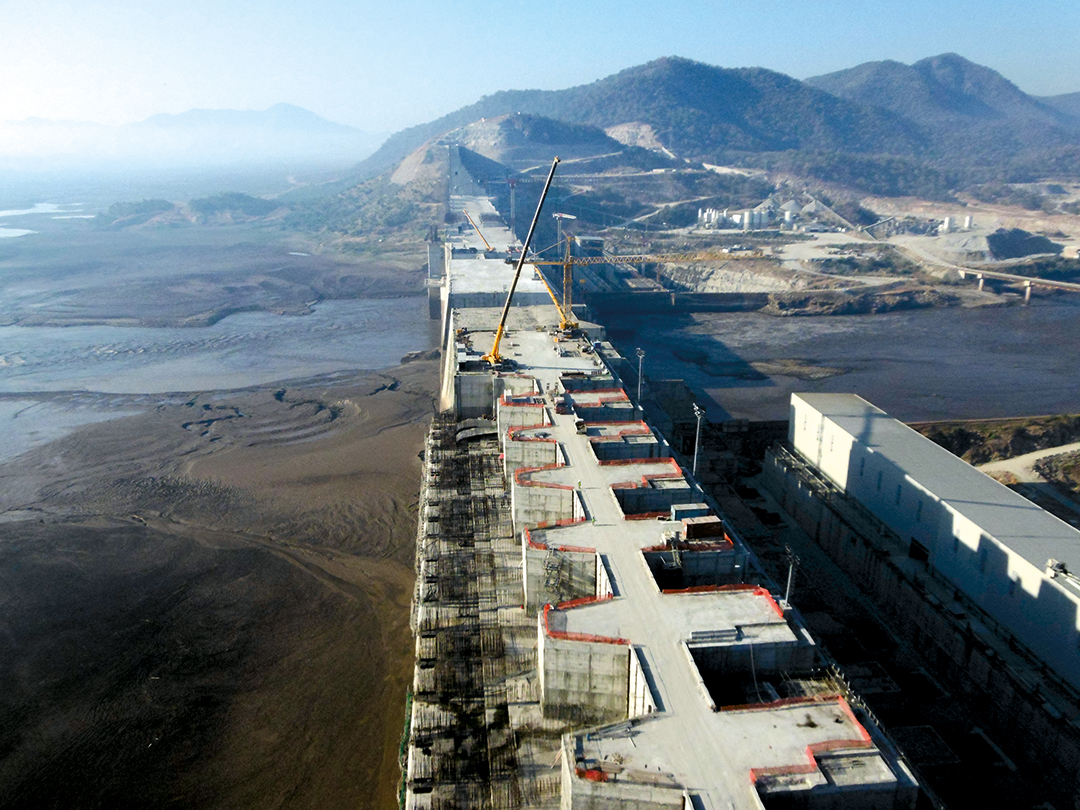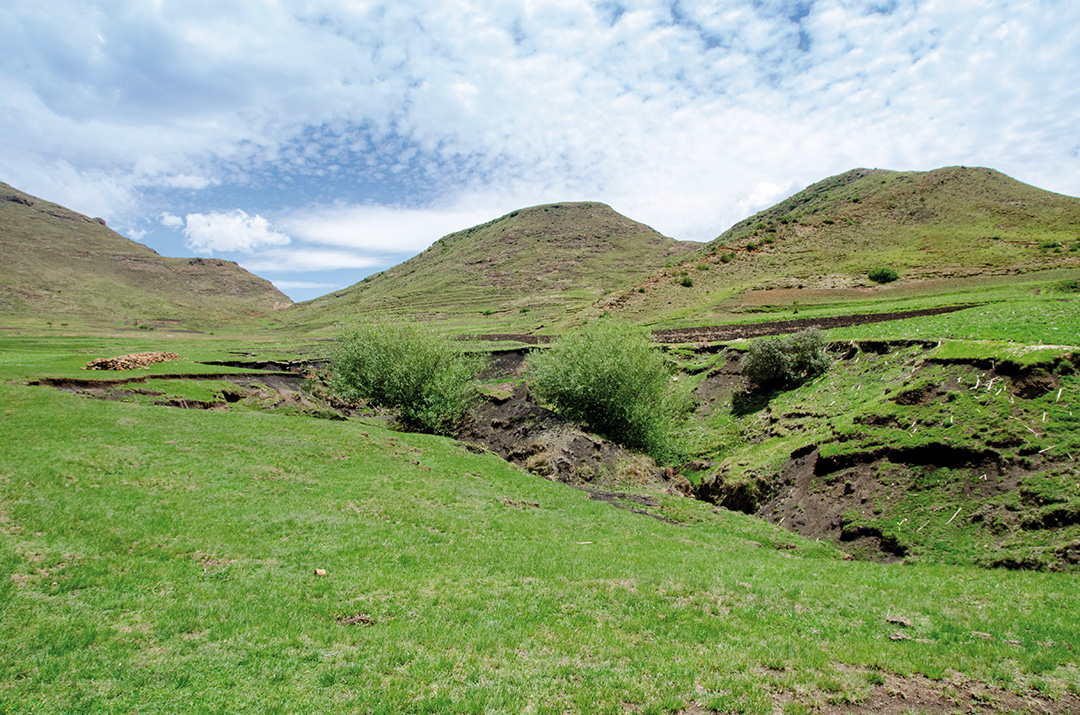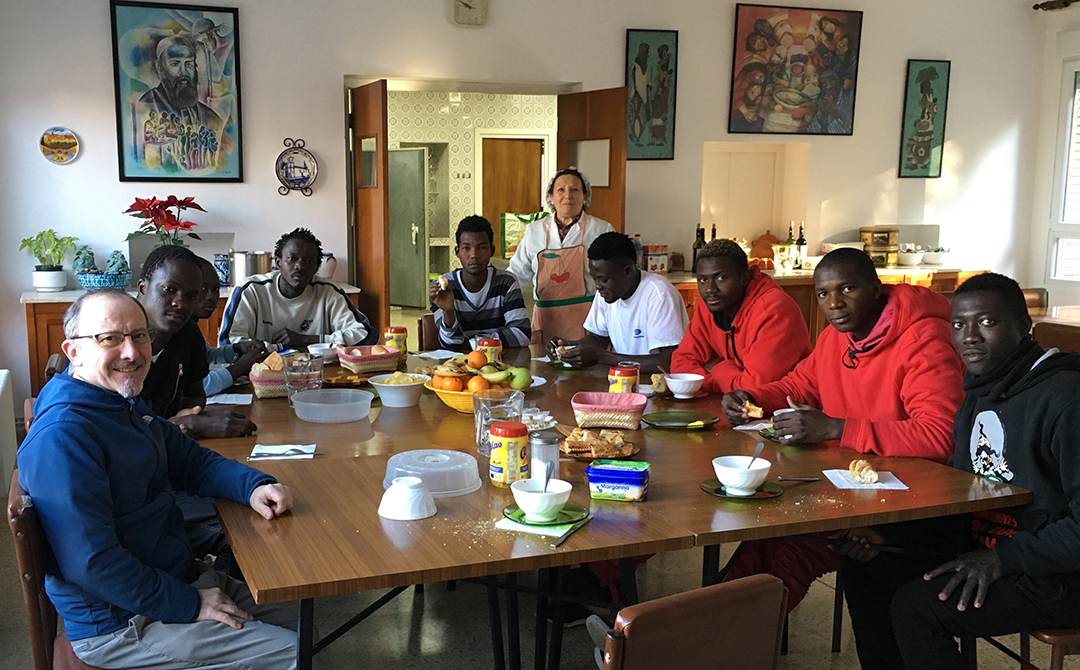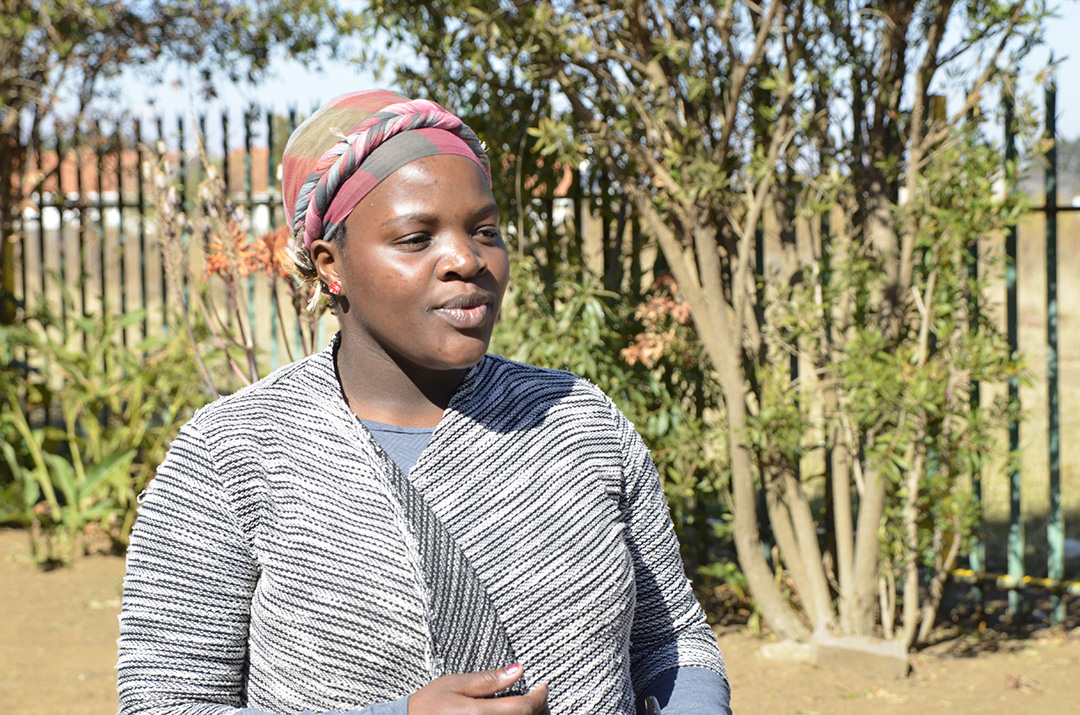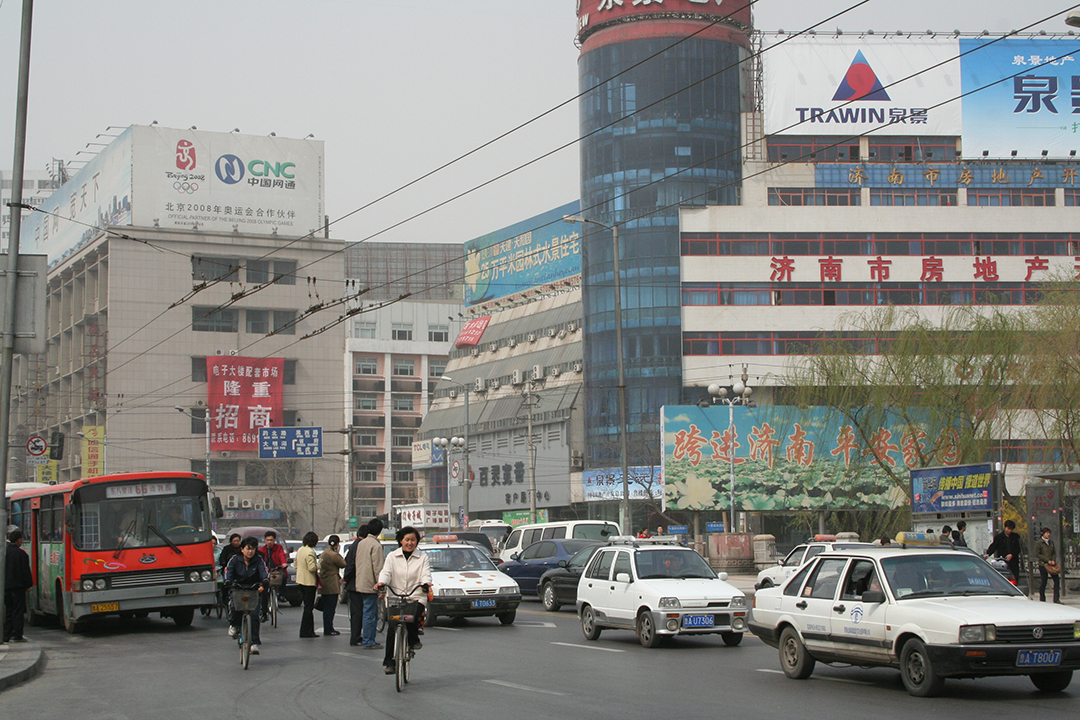SPECIAL REPORT • RAINWATER
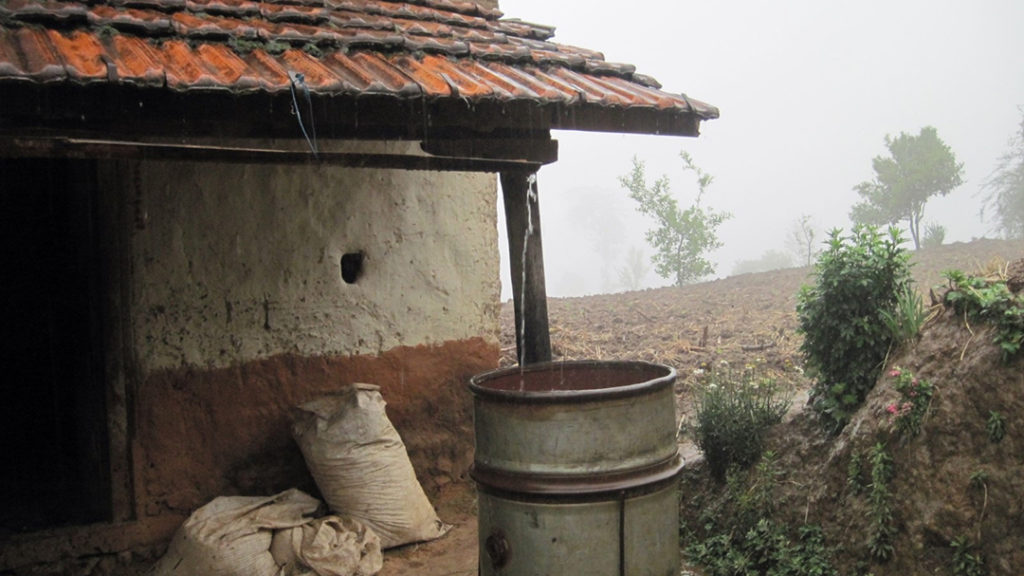
Rainwater harvesting and water use efficiencies
Fresh water has become a scarce resource in many parts of the world, particularly in the southern African region. Rainwater harvesting is an excellent way to make the best use of the precious gift of rain
BY Kevan Zunckel | Zunckel Ecological & Environmental Services, Hilton, KZN
THERE ARE many factors supporting southern African societies’ initiative to adopt the practice of rainwater harvesting and to apply as many water-use efficiency strategies as possible, both at home and at work. The primary reason is that water is a scarce resource unevenly distributed across the sub-continent, where drought is a regular occurrence, even in relatively high rainfall areas. Moreover, the capacity for nature to supply enough water has long been exceeded by the demand for it, due partly to the rapidly increasing population and unsustainable consumption habits. Coupled with this are inefficiencies related to the services required to abstract, store, treat and distribute water. Much of this infrastructure is poorly maintained, often resulting in the loss of potable water between the treatment facilities and the consumers.
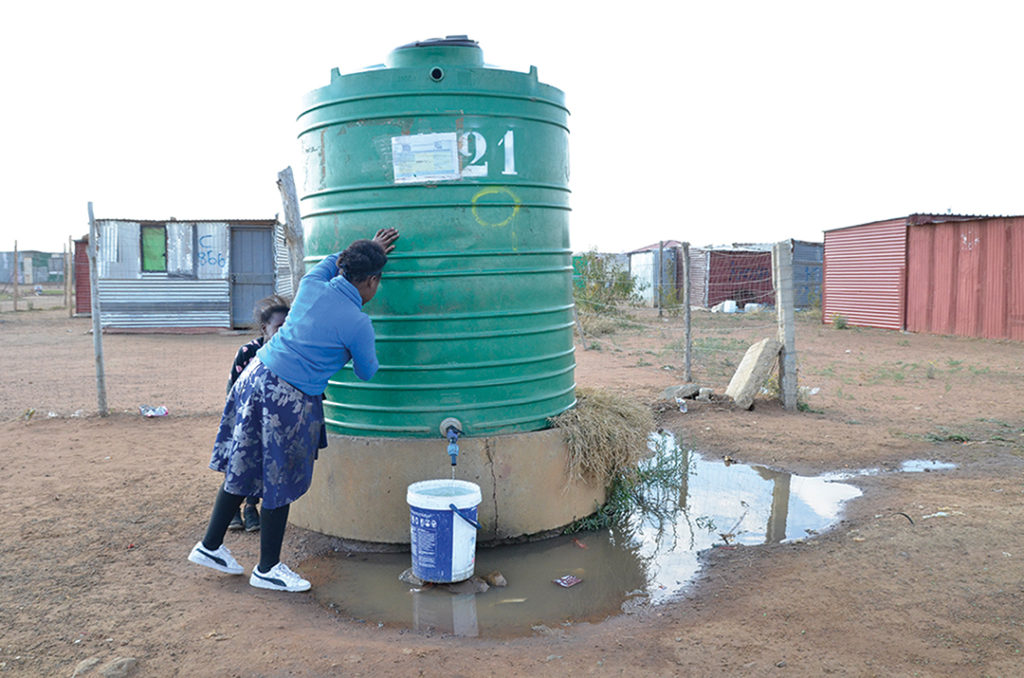
There is also the double-edged sword of the degradation of water catchment areas and climate change. The former is due to poor land management and unsustainable practices which reduce the land cover capacity in the catchments to receive precipitation, to allow for maximum infiltration into the soil and the slow and sustained release of high-quality raw water into the water courses. The impact of climate change only serves to worsen the effects of degradation in the catchments while also increasing the unpredictability of weather patterns. Perhaps the only certainty about climate change is that severe weather events will increase in both magnitude and frequency, and this does not bode well for an over-exploited resource base upon which all life depends.
Water-conscious citizens
While actions on restoration and improvement management of our water catchments and climate change responses are largely up to relevant government agencies, there are things that citizens can also do at their workplaces and homes. First and foremost, to recognise the dire situation that we are in and to devise and implement water use efficient strategies at the consumer interface. Some of these have been preached at us by governments for a long time and revolve around the belief that ‘every drop counts’. Taps that are left to drip waste significant volumes of water and often it simply requires the user to ensure that it is properly turned off or maybe a washer has worn out and needs to be replaced. Where consumers cannot repair it, they can report the case to the appropriate decision-makers and monitor the situation until it has been satisfactorily dealt with.
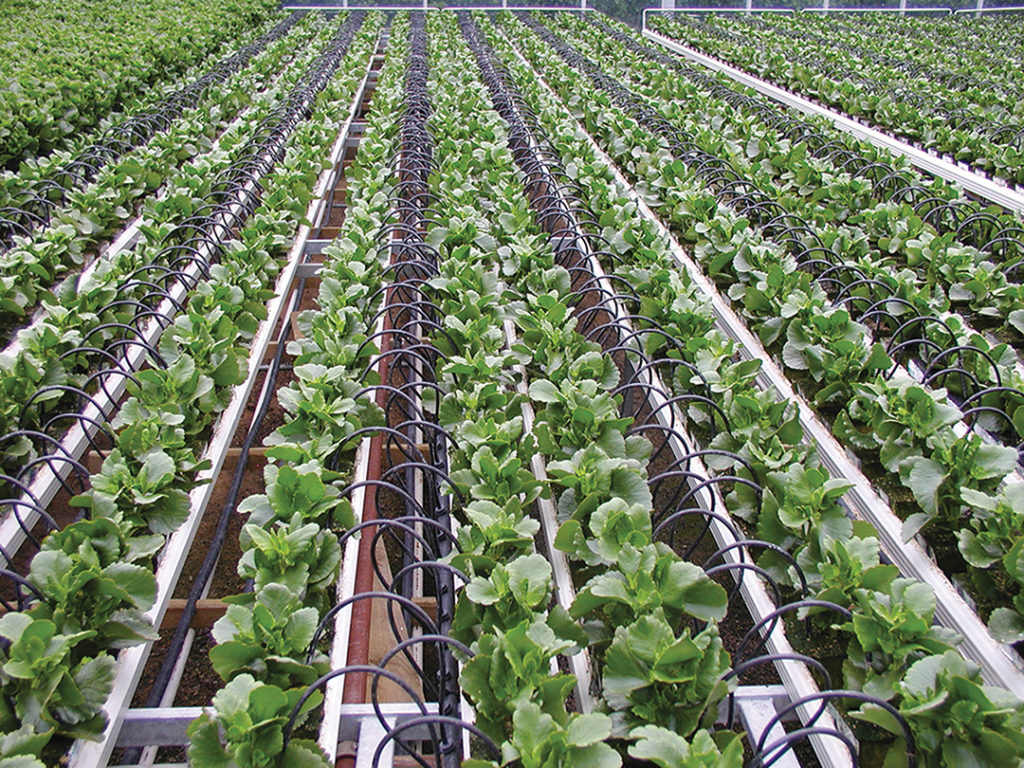
Water-wise consumers can monitor unsustainable water use practices and encourage water users to be more responsible. A common practice in poor communities that have access to standpipes only, is to leave these running into tubs with their laundry and washing powder in the hopes that they can simulate the convenience of a washing machine. This also applies to the rinsing of clothes. Laundry without a washing machine can be time-consuming and back-breaking work, but such practices are extremely wasteful and unsustainable.
The same is true for the washing of laundry in a river or a stream where commercial non-biodegradable detergents are used. While this does not impact water volumes, it does cause downstream pollution and reduces the availability of what might have been relatively high-quality water for others to directly abstract from the water course. Off-channel use of water for these types of purposes is recommended for the sake of sustaining river health.
Water-wise consumers can monitor unsustainable water use practices and encourage water users to be more responsible
More affluent communities with direct home access to water have many options for enhancing water use efficiency. Replacing large areas of “thirsty” lawns with indigenous and/or food gardens will negate the need for watering, especially if the food gardens are managed according to regenerative or permaculture principles. The cold water from the hot tap that runs for ages before it gets hot is called “red water” and can be caught in a bucket and used to water plants and/or pets. If bio-degradable detergents are used for all cleaning purposes, the grey water that is generated can be re-used for the garden. If this practice is used, then the “red water” can be allowed to run into the grey water catch tank to dilute it and make it less rancid. Despite the latter, more than ten years of irrigating with grey water have proven to be a very useful and sustainable practice in vegetable gardens.
Industry and agriculture
Manufacturing industries and agriculture practised at an industrial scale are both areas where massive savings can be made on water use, as well as where impacts on water quality can be reduced. Rain-fed agriculture that allows lands to lie bare between crop rotations increases the evaporative loss of soil moisture and adds stress to water catchments. Applying a cover of organic material to the soil will go a long way to trap soil moisture while also curbing soil erosion and weed growth. More efficient irrigation farming methods can be used such as drip irrigation, irrigating only when the soil moisture level calls for it and constructing swales along the contour between rows in the lands to enhance the capacity of the lands to capture and allow increased infiltration of precipitation, instead of overhead sprinkler systems where there is a massive loss of water to evaporation.
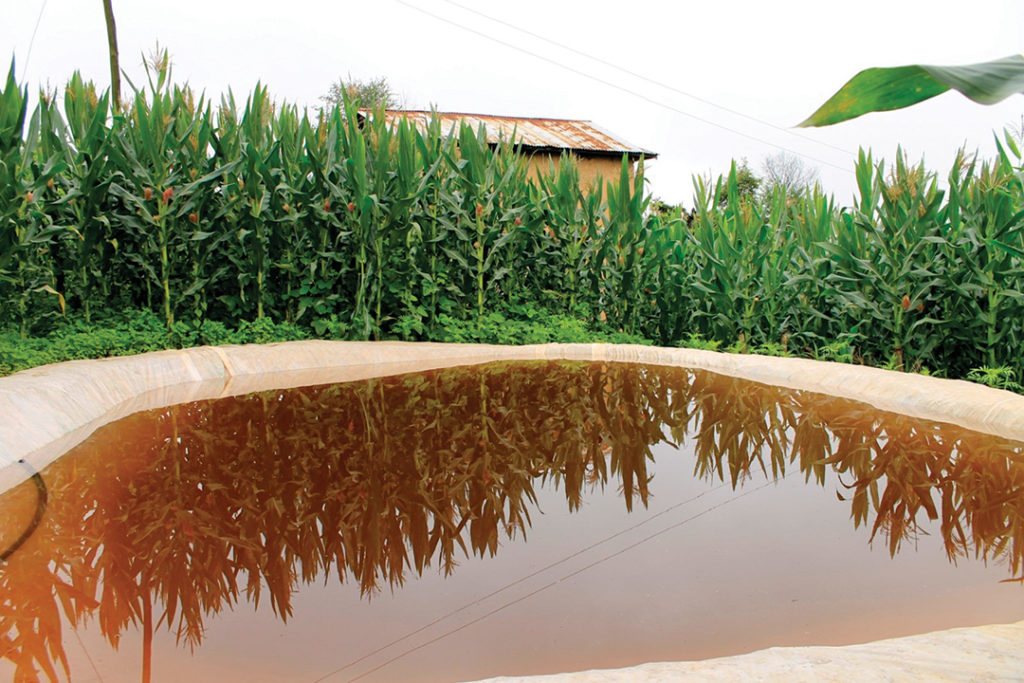
To use water, or any natural resource more sustainably requires effort and humanity is geared towards convenience. One of the major impacts of convenience is the over-exploitation and abuse of the natural resource base.
Rainwater harvesting
A strategy that requires some effort, but can go a long way to improving the sustainable use of water, is rainwater harvesting. This is a key feature of food production in the permaculture or regenerative context. In built-up areas, be they rural or urban, residential or industrial; the hectares and hectares of hardened roof surfaces that we create, generate many cubic meters of rainwater runoff that can be harvested and captured in tanks for later use. Any roof surface can deliver rainwater runoff into a storage facility; even a thatch roof can do this, although some careful construction is required to allow for the installation of gutters and downpipes.
The level of technology that can be applied to rainwater harvesting varies from a bent corrugated iron sheet wired to the eves of a roof and aimed at a bucket, to that of the entire roof perimeter being fitted with gutters with drainage and downpipes strategically installed to channel the rainwater runoff to any number and size of catch tanks. The number and size will depend on how much the consumer wants to store, on the catchment area available and the availability of space for the tanks. Additional technology can be introduced to filter and even treat the rainwater and pump it into a reticulation system.
A strategy that requires some effort, but can go a long way to improving the sustainable use of water, is rainwater harvesting
Where rainwater is being harvested in a dense urban area, the quality of the water coming off the roofs will likely be impacted by impurities that accumulate in between precipitation events. Even in relatively open rural areas where there are no impurities, dust and bird droppings will be washed off into the catch tanks, and while these won’t pose any health risks, it is still necessary for some degree of filtration to be applied in the system. It is mostly advocated that rainwater should not be used for direct human consumption. However, in areas where the air remains clean and free of atmospheric pollutants, the rainwater may be consumed for all purposes but with a little filtration.
Ready for consumption
Filtration can be achieved before the rainwater enters the catch tank/s by inserting a ‘leaf-catcher’ into the system at the point where the gutter enters the downpipe. A sieve can also be inserted over the mouth of the catch tank to pick up anything that the leaf-catcher misses, or instead of a leaf catcher. A ‘first flush’ can also be installed just before the catch tank which is a piece of downpipe “T-ed” into the pipe leading the rainwater to the catch tank. As the first flush of rainwater runs off the roof, it will fill this piece of downpipe with dirty water before cleaner water is then allowed to discharge into the catch tank. The “inconvenience” of this system is that these filters need to be cleaned out after each precipitation event. Lastly, where a pump is installed to bring the rainwater into a home or industry’s water reticulation system, a fine filter can be installed in line to catch any sediment and/or impurities that may have passed through the other filters.
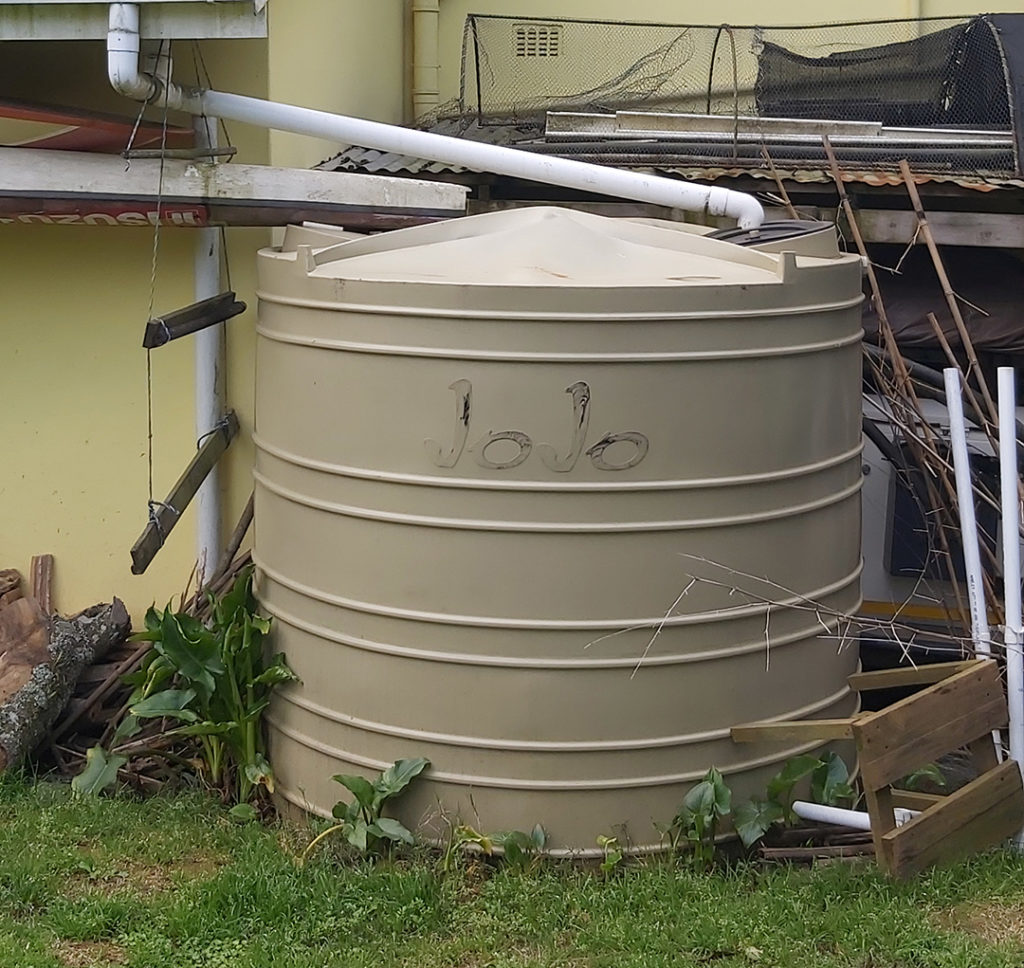
The necessity of a pump to bring the water from the catch tank/s to the point/s of consumption will depend on the layout and topography of the building and area in which the rainwater harvesting is being practised. In a small rural dwelling with no internal water reticulation, a tap at the bottom of the catch tank will be sufficient to provide access and no pump will be required. However, in a large building on a sloping site, it will be necessary to install a pump to bring the water to the points of consumption. For this purpose, pressure pumps are available which switch on when a tap is opened and push the water into the reticulation system. The option is also there to install a storage tank above the points where access to water is required and to use gravity to provide the pressure for reticulation. A pump will be required to redirect the stored rainwater up to this supply tank, but it need not be a pressure pump but one that is activated by a mechanism that is linked to the level of the water in the supply tank.
Self-reliance
Hypothetically one could imagine a utopian community where residents up-slope of their neighbours harvest and store rainwater for their neighbours down-slope who then use gravity to access the water instead of a pump at each residence. One pump would be required to close the loop though so that the top dwelling could obtain rainwater from the one at the bottom.
If a consumer wishes to use rainwater harvesting as a means to be independent of municipal supply, they will need to have a good idea of the volume they consume through the year and match this with storage volume relative to the long-term annual average rainfall figures. Areas that experience relatively higher rainfall will need less storage than drier areas but will need sufficient storage to carry them through the dry season. In addition to this, it is helpful to integrate water-saving measures to reduce consumption volumes and allow the stored water to go further.
For a middle-income household of four in an area that experiences relatively high levels of seasonal rainfall, it is possible to make it through an average rainfall year with a storage capacity of approximately 20 m3 or 20 000 litres, i.e. four 5 000 litre tanks. Depending on the topography of the property, the tanks may be buried, or with some clever use of indigenous shrubs, be easily screened.
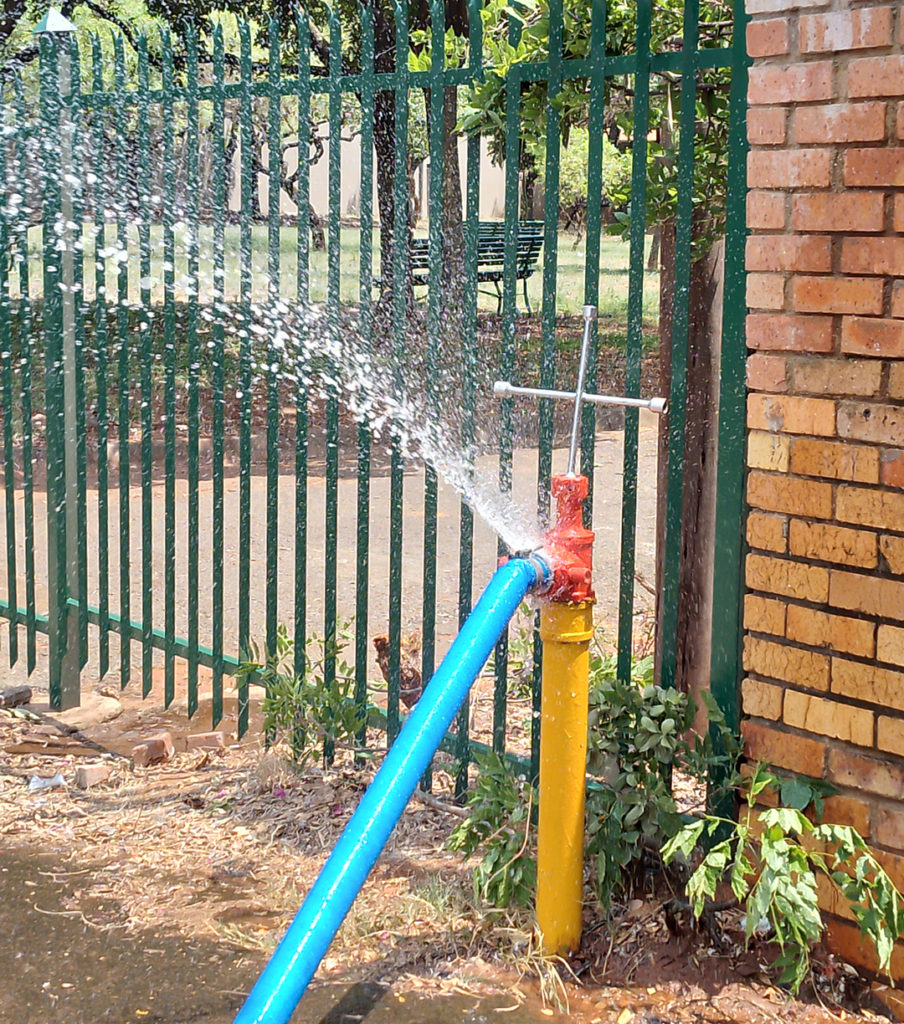
Finally, it is worth noting that a society that harvests rainwater can significantly reduce the impact of large engineering solutions to water provision. Based on our water consumption figures after the installation of our rainwater harvesting system, we were able to calculate that if one million middle-income homes dependent on the uMngeni River to supply their water, also installed a similar system, it would not have been necessary to build the Spring Grove Dam and install the inter-basin transfer scheme between the Mooi and the uMngeni River catchments. Many factors stand in the way of this type of intervention being accepted by water resource decision-makers and consumers and the most striking is the economics of local government. Local governments survive on the income generated through rates and the use of water and electricity. It is not in their interest to promote, support or incentivise the efficient use of these resources and in some countries, it is even illegal to harvest rainwater. However, while this is not the case in southern Africa, consumers can do a lot to build their resilience and conserve our river systems by implementing wise water use habits and installing rainwater harvesting systems.

